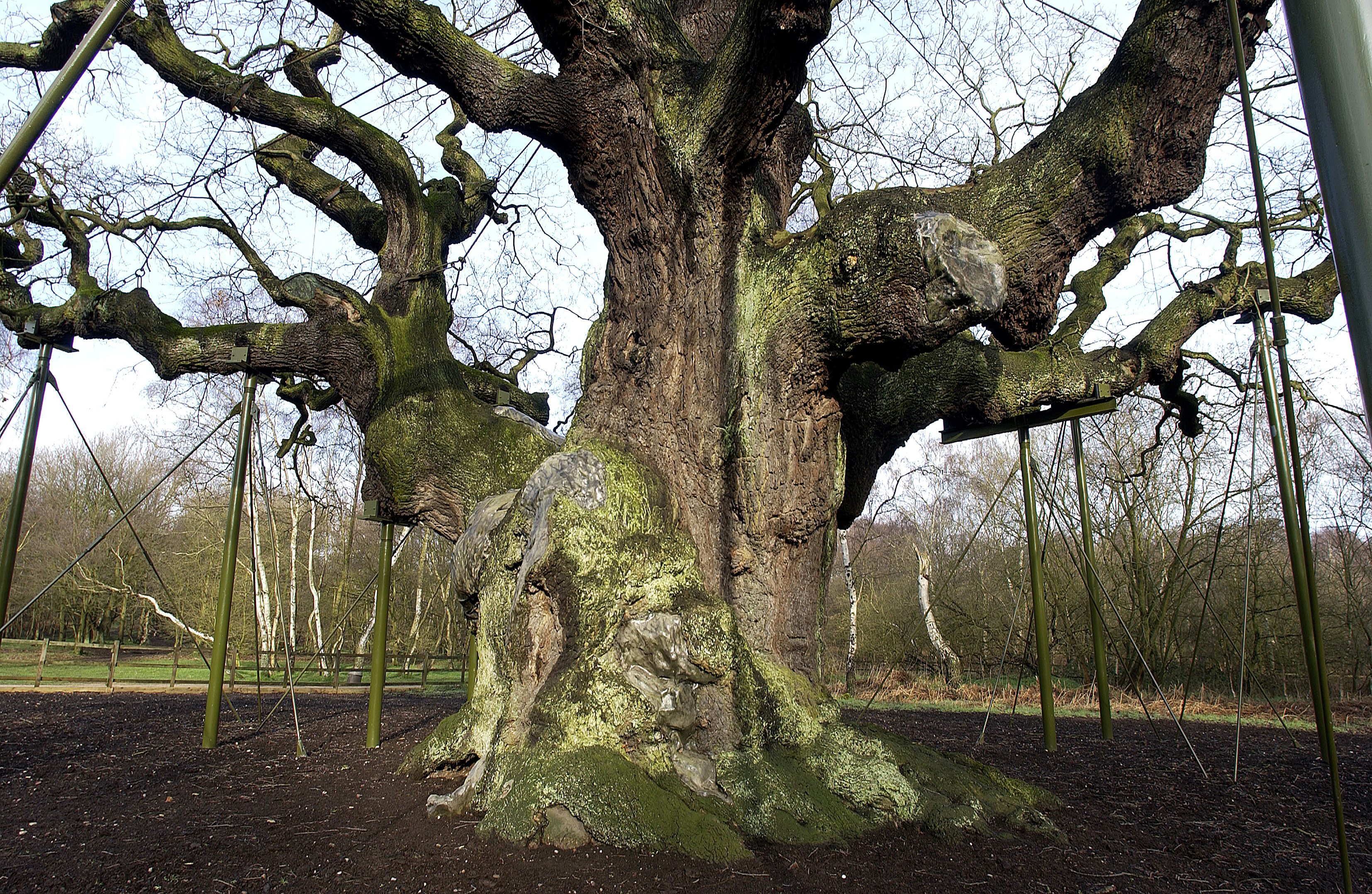How to record tree condition and decay features
When recording trees to the Ancient Tree Inventory, you should record all significant “decay features” (also known as "veteran features"). When adding a tree, this information can be recorded in the ‘condition’ field.
The physcial condition of the tree helps to tell us about the tree’s deadwood habitats, it's life history and can help us to assign the most appropriate classification for the tree (i.e. as ancient, veteran or notable). As tree’s age, they naturally develop decay features, which give ancient and veteran trees their characteristic old appearance.
When recording a tree, please tell us whether the tree shows any of the following and make sure to show these decay features within your images too:
- A hollow or hollowing trunk
- Decaying wood in the crown
- Decaying wood on the ground
- Holes or water pockets
- Hollowing branches
See below for additional guidance and images.
Hollow or Hollowing trunk
Please select the most appropriate from the following options:
- Hollowing trunk
There is clear evidence that the trunk is in the process of hollowing, but, the trunk may not always be visibly hollow yet. E.g. significant evidence of heartwood-decaying fungi. Sounds hollow when tapped.
- Hollow trunk – with holes <15cm
Minor holes less than 15cm dimeter, such as woodpecker holes or gaps between buttresses. Holes clearly go into a larger cavity. Should be visible when close to the tree.
- Hollow trunk – with holes >15cm
Internal cavity is obvious through holes that are >15cm diameter. The trunk is intact.
- Hollow trunk – with opening
The trunk is incomplete creating an obvious opening into a hollow shell. Will normally be very obvious from a distance.
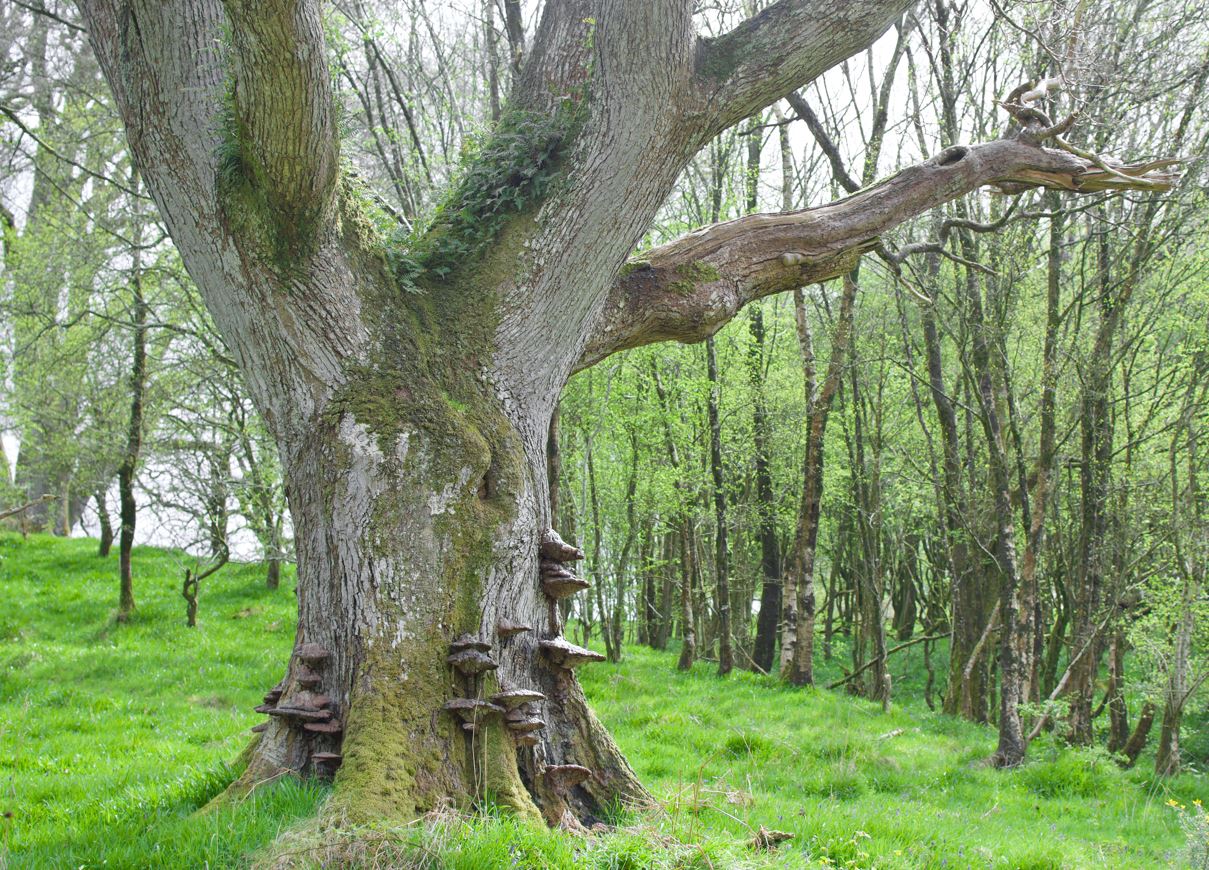
Hollowing trunk. The heartwood-decaying fungi on this oak are a good indicator that the trunk is likely to be hollowing. Some early signs of hollowing could also be seen in the base of the trunk when viewed more closely.
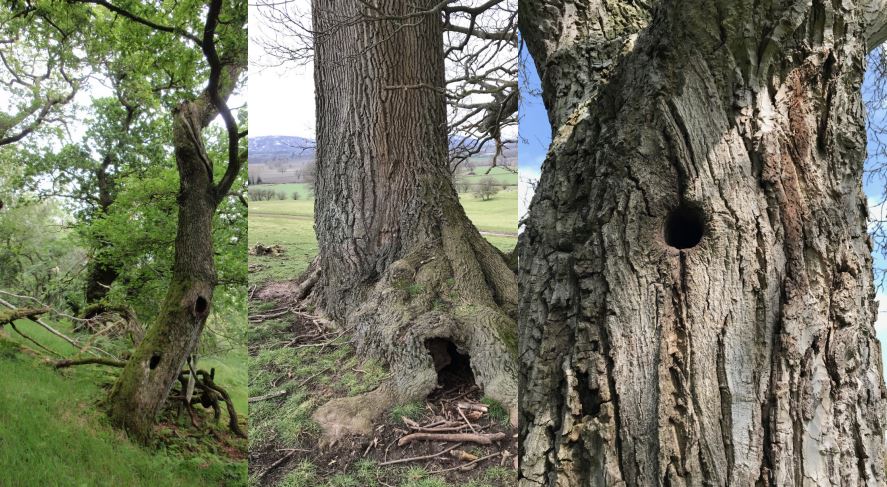
Hollowing trunk with holes < 15cm. Look around the whole trunk for smaller evidence of hollowing.
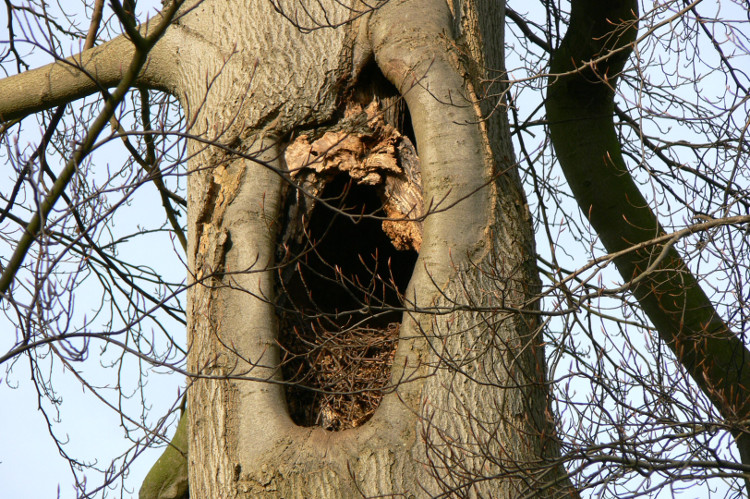
Hollow trunk – with holes >15cm

Hollow trunk - with opening.
Decaying wood on the ground
If there is more dead wood on the ground than you could carry, record it.
Holes or water pockets
Look around the tree and up the trunk to see if there are any holes or small cavities e.g. those used by birds or bats.
Hollowing branches
Look along the branches for any holes or splits that indicate hollowing within the branches.
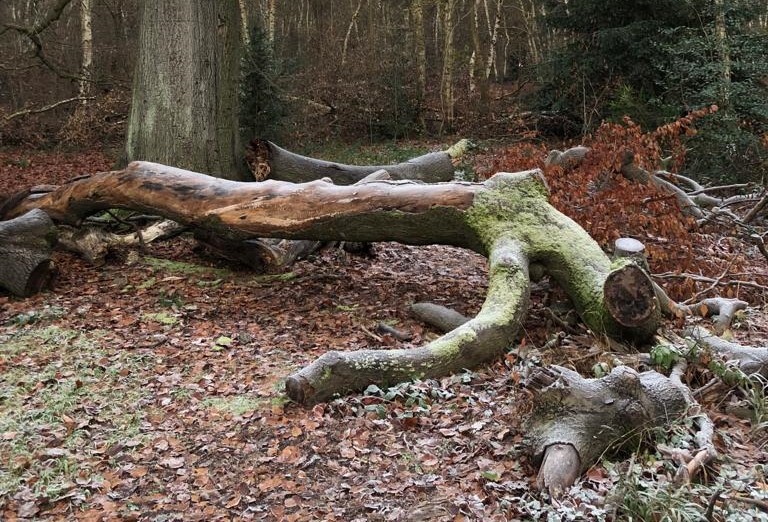
Decaying wood on the ground
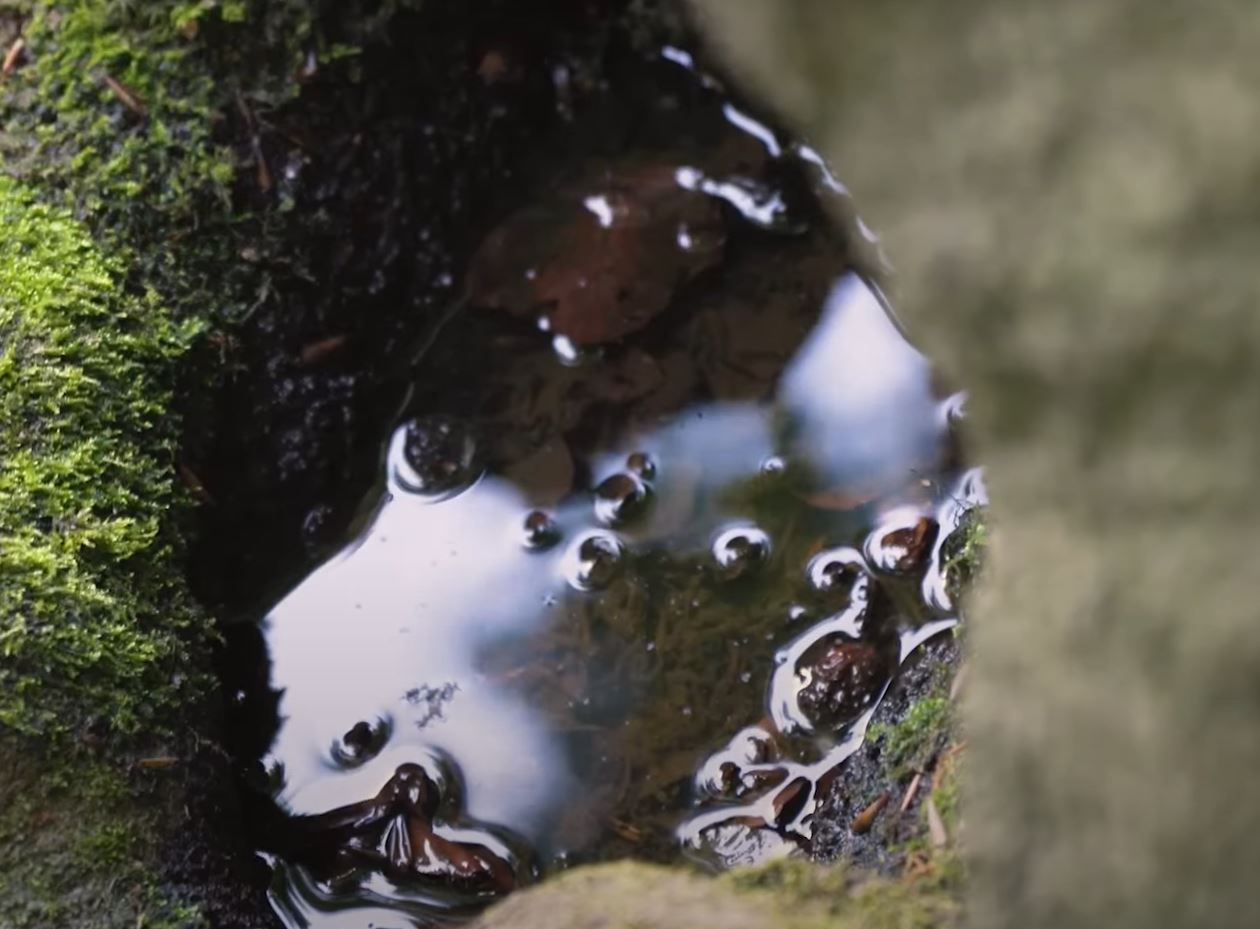
Holes and water pockets
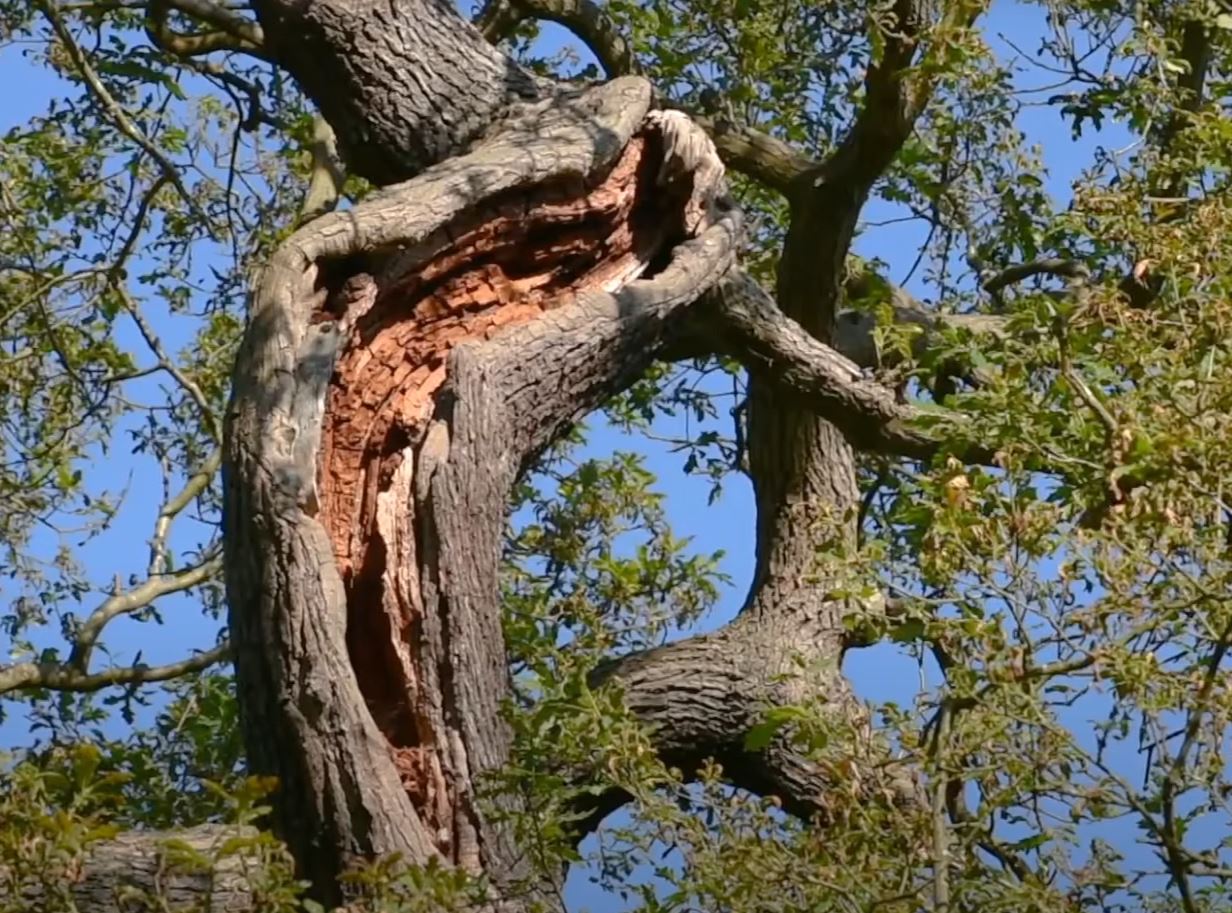
Hollowing branches
Decaying Wood in the Crown
Please estimate the amount of deadwood in the crown that you can see and select the most appropriate from the following options:
- Decaying wood in the crown < 10%
At least one large* dead branch (* >15cm at its widest part or "fatter than your leg"). May not be immediately obvious until looking up into the crown
- Decaying wood in the crown <50%
More than three large dead branches, but still more large live branches than dead ones. Clearly obvious when close to the tree and may be noticeable from distance.
- Decaying wood in the crown >50%
More dead branches than alive. Very obvious from a distance.
- Decaying wood in the crown >90%
Either 100% dead or at least one large live branch, or live sprouts growing on the main trunk and or branches. May not be obvious that that the tree is alive until close to the tree.
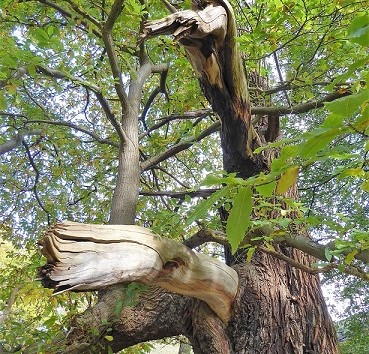
Decaying wood in the crown < 10%

Decaying wood in the crown < 50%
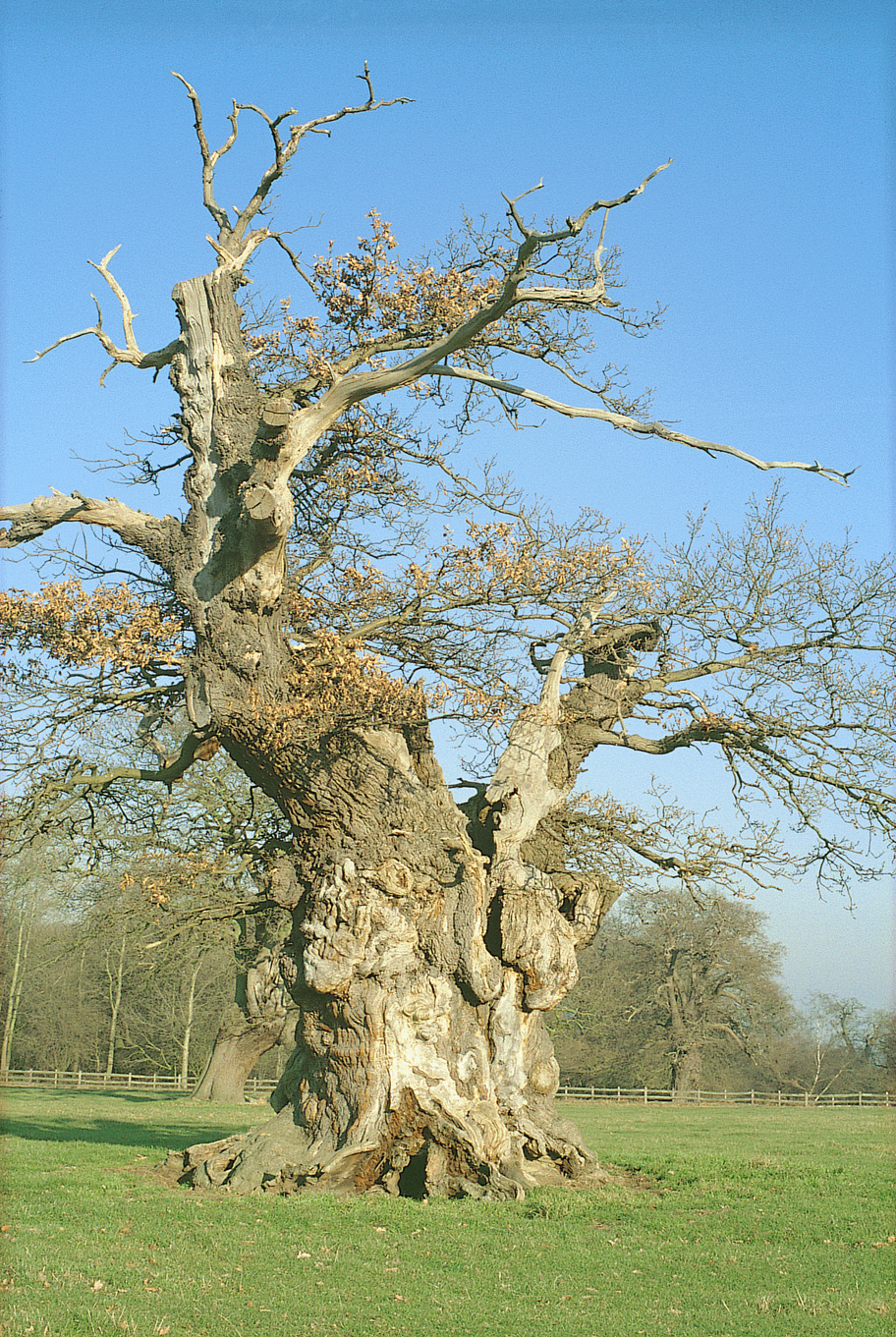
Decaying wood in the crown > 50%

Decaying wood in the crown > 90%
Please remember to record details about the decay features of a tree within your images.
